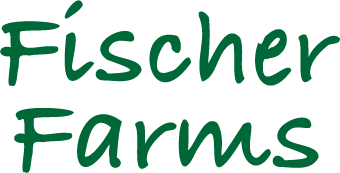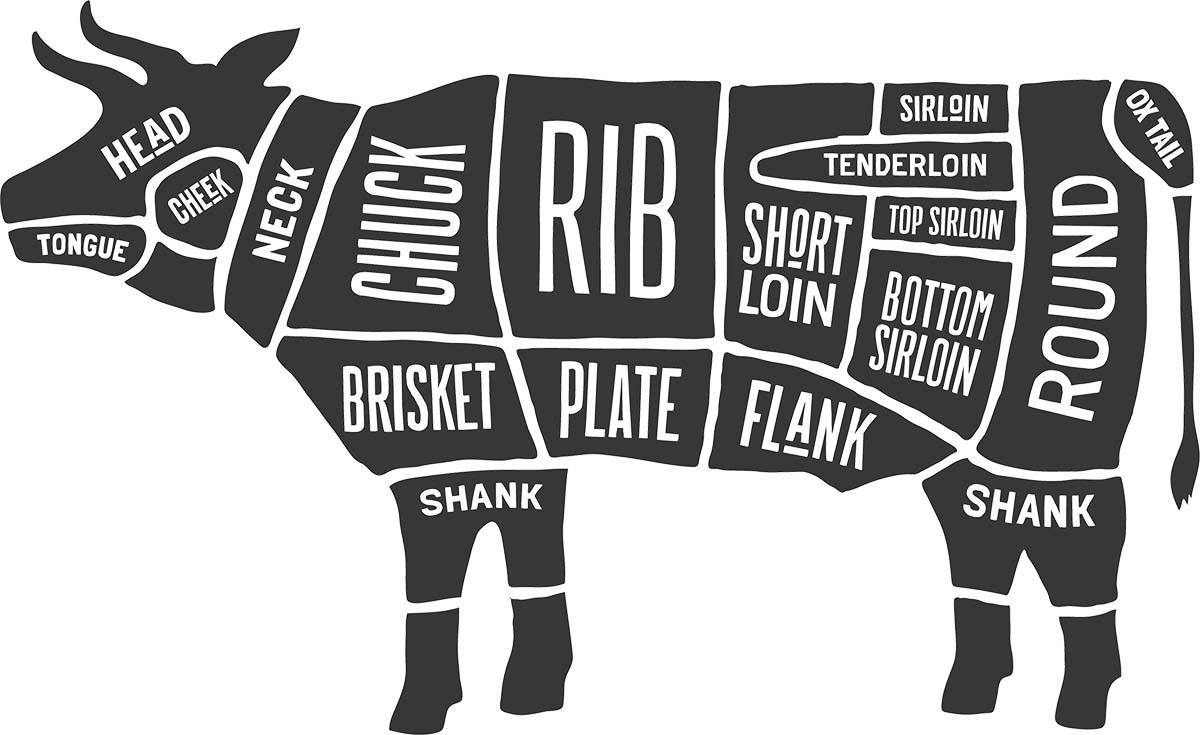What Makes Quality Beef?
posted on
January 14, 2022
This week we wanted to take a step back and give an overview of the different components that go into producing top quality beef. We often highlight individual components of our farm processes so thought it might be beneficial to take more of a summary-level approach to tie different components together. Apologies in advance for the length :)
Genetics: It all starts with genetics. We want to ensure that the cattle we raise are the best in meat quality. Expected progeny differences (EPDs) are used to objectively compare cattle to one another. Dozens of EPD's allow us to compare everything from calving ease to marbling quality to docility and birth weight. We spend a lot of time selecting the best Angus and Shorthorn genetics for our herd.
Natural Raising: Raising them naturally is important not just from a humane and healthy standpoint but also for quality purposes. We do not to use any growth hormones or routine antibiotics because they generally equate to less-than-ideal raising conditions. We want our cattle to grow at a steady but natural rate, without pushing them too hard or in conditions that are conducive to diseases. We also incorporate many small components of natural raising that allow us to maintain happy, healthy cattle such as Sandhills calving method, natural water filtration, natural fly control, etc. Unfortunately, conventional animal production has made some of these unnatural practices standard - aimed at reducing costs, at the expense of quality.
Grazing / Feed Program: Consistency is important to us because it's important to you! For that reason, each of our calves go through the same grazing/feed program.
They are first born on pasture with their mothers where they are primarily fed by their mothers. As they get older (3-6 months), they start to become more adventurous and we actually leave the fence a higher so that they can slip into nearby pastures and graze by themselves (known as creep grazing).
Once the calf and mom are ready to part ways, we wean the calves off and move them to a new pasture (about 6 months of age). In this new pasture, we have "feed huts" that are lean-to structures that the calves can come in and out of as they please to get some extra feed. This feed is composed primarily of corn silage, ryegrass silage, and distillers grains. This gives them additional energy so that they can continue to grow at a steady rate and keep those fat cells in the meat that give us the fine marbling later down the line. We will rotate them between pastures as they eat down the grass during this time so that they always have fresh grass to eat. Depending on the time of year - it is often Ryegrass or sorghum sudan grass but we also have some fescue fields.
They are then brought into open air covered barns for the last few months to allow us to finish them and select the ones that are ready each week. Dry sawdust bedding and lots of space to move around keeps our disease risk very low and the cattle happy and healthy!
Continuously Learning: We're continuously learning from other farmers, universities, and industry experts. There are constantly new findings and opportunities to improve our farming practices so you can continue to hear about our new projects. We also work closely with universities (UK, IU, Purdue) to share our results so that they can share with other farmers and make an impact on a much greater level!




